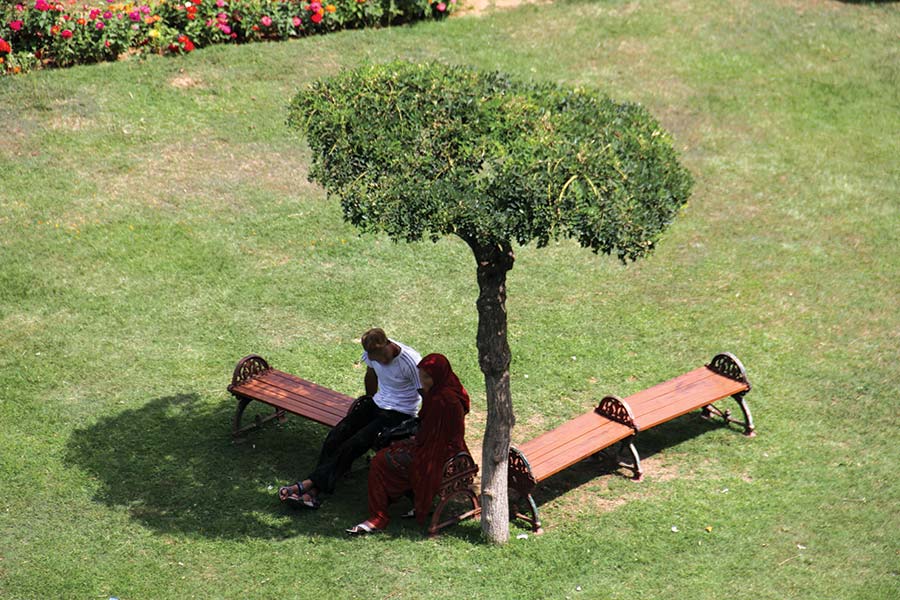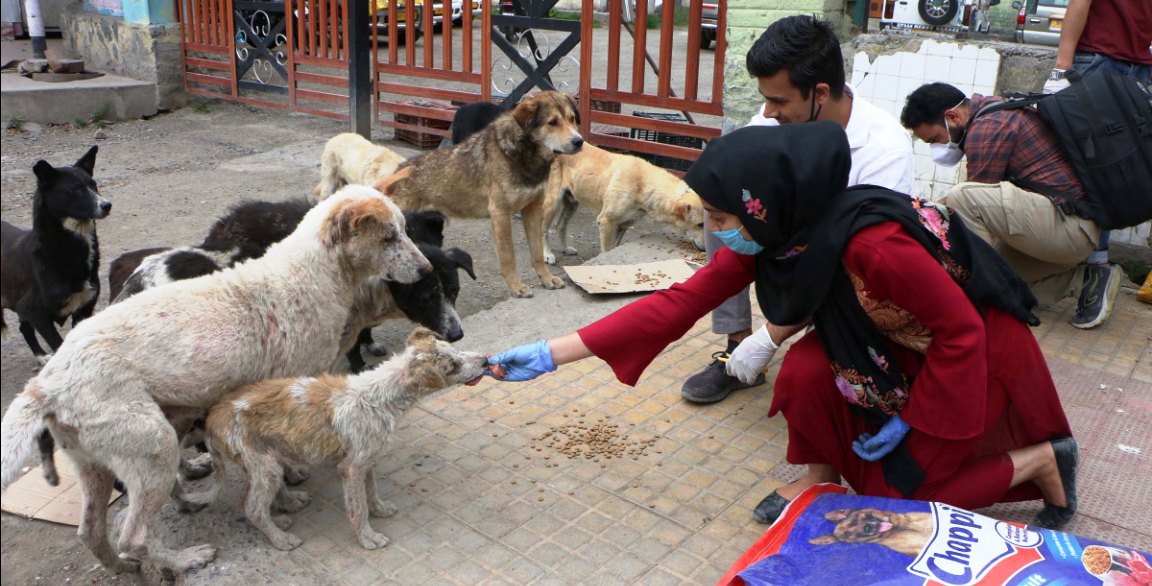A recent mental health study, A Community-based Prevalence Study of Mental Health Issues in Kashmir, has indicated that more Kashmiri population is suffering from mental illness than the Indian national average.
The study, done by the Institute of Mental Health and Neurosciences (IMHANS), Kashmir, in collaboration with ActionAid Association with support of Directorate General for Humanitarian Aid and Civil Protection (ECHO), shows, 11.3 percent of adult population suffers from mental illness in the valley with conflict as the prime reason. This prevalence is significantly higher than the Indian national average of 7.3 percent.
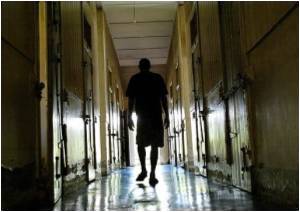
The study surveyed 4000 people across two districts of Kashmir, shows the prevalence of mental health disorders was more in females (12.9 percent) than males (8.4 percent).
The 54 pages report prepared on the said study by Dr Arshad Hussain, Dr Mansoor Ahmad Dar, Dr Majid Shafi Shah, Dr Fazl-e-Roub, Dr Inaam-ul-Haq, Showkat Ahmad Ganaie and Fouzia Panjabi, has indicated that the impact of conflict on mental health, and one of the reasons for a higher prevalence of mental illness in Kashmir.
A total of 494 respondents (12.3 percent) had witnessed conflict induced traumatic events in their families (in terms of anyone in the family killed/disappeared/detained/tortured/disabled due to conflict related reasons), and among them a significantly higher proportion of about 24.3 percent had developed a mental health disorder. This was much lower among those who reported not having being exposed to such events in their families, and was just 9.4 percent. These findings about higher prevalence of psychiatric morbidity in persons with trauma exposure are in accordance with research from other conflict ridden areas. As per WHO estimates, 10 percent of the people who experience traumatic events will have serious mental health problems and another 10 percent will develop behaviour that will hinder their ability to function effectively, in the situations of armed conflicts.

Dr Arshid Hussain
The study has analyzed the prevalence of mental health disorders across different socio-economic groups and found a higher prevalence among those who were poor, among women, and those who were low educated.
It was also more among those who were not educated (12.7 percent) than those who had attained education up to high school (12.8 percent) or higher levels of education (8.7 percent). The prevalence was also significantly higher among those who were either divorced or separated or widowed (14.7 percent) than those who were married (12.1 percent) or never married (8.7 percent).
The prevalence of mental health disorders also showed a clear class gradient, higher among those who were poor than those who were better off. 13 percent of those who reported to have no land holdings at all suffered from some mental illness, while as 11.5 percent of respondents who had 1 to 8 Kanals of land (1 acre) had mental illness. In contrast a significantly lower proportion of 9.1 percent of those who had more than 8 Kanals of land had any mental illness. This was corroborated by findings across ration-card-type categories with significantly higher presence of mental health disorders among AAY ration card holders (16.3 percent) than BPL (10.8 percent) and APL ration card holders (10.2 percent).
The study has also indicated that among the mentally ill patients, 9 percent of those patients had active suicidal tendencies. As per the study, the doctors have found that only a few patients turn up for psychiatric treatment. “There is a high treatment gap of about 88 percent with only 6.4 percent of suffering population having received treatment by a qualified mental health professional (from a psychiatrist),” reads the report.
The macro-level data, as per the study, suggest that Jammu and Kashmir provides a better picture on many of the health indicators as compared to India as a whole. For instance, the Neo-Natal Mortality rate in J&K was 29.8 (39 in India), Infant Mortality rate was 44.7 (57 in India), Child Mortality rate was 6.8 (18.4 in India) and Under-five Mortality rate was 51.2 (74.3 in India).
Similarly, “The proportion of under-weight children less than three years was 29.4 percent, as compared to 40 percent in India. But what the macro-data doesn’t reflect is the prevalence of mental health issues in Kashmir, which has suffered armed conflict from last 25 years. This prolonged armed conflict has taken a heavy toll on human lives, psycho-social and economic wellbeing. The killing and disappearances of thousands of people have resulted into new marginalized groups of widow headed households, orphans, elderly without any support, disabled and has also accentuated the marginalization of already marginalized like labour and landless class. The macro data also indicates that J&K lags behind in many of the development indicators as compared with India as a whole including literacy rate, roads, per capita incomes, agriculture, employment opportunities, etc. The conflict has resulted into many structural constraints and has created many barriers that shape the access of people to employment, livelihood and essential services.”
In this socio-economic and political context, many more have become victims of mental trauma, stress, anxiety, depression and many other mental health disorders. This has been a debate and a widely recognised fact in Kashmir that the prevalence of mental health issues have significantly increased since conflict began. By relying on observations of OPD records and limited research conducted on some of the very vulnerable groups and those in health care institutions, a steep increase in numbers of patients who sought psychiatric services is reported. But these estimates suffer from many loopholes to demonstrate anything near to actual estimates. As the conflict has been prevalent throughout Kashmir, affecting all districts, any estimate on the prevalence warranted a community based scientific study. The present study was carried out to estimate that there was a change in reference standards after the NFHS-3 data was released and the adjusted figure adds up to 46 percent for India, but the adjusted figure was not able for J&K.
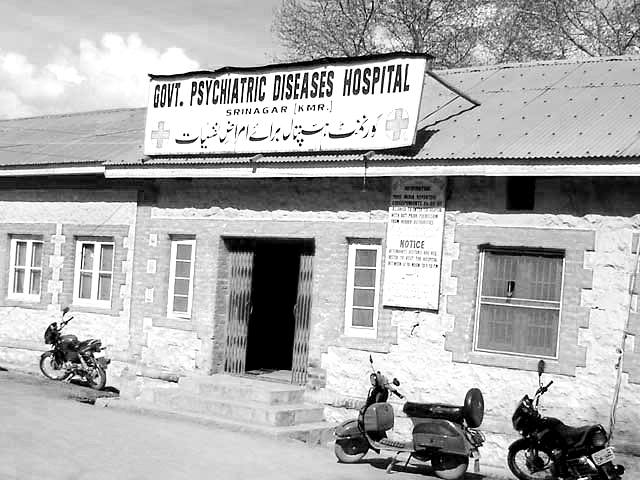
Lone Srinagar Hospital caters to psychiatry needs, though only partially
Mental health disorders, that included three groups of mental health disorders including mood disorders, anxiety disorders and disorders (which include 10 individual disorders) psychotic for being reported as common disorders in Kashmir. Mood disorders as a group formed the major chunk of those affected by mental disorders in almost 10 percent respondents. It included major depressive disorder, dysthymia and bipolar disorders. As an individual disorder, major depressive disorder (commonly called as depression) was most common in 6.9 percent of respondents. Dysthymia was prevalent among 1.5 percent respondents and bipolar affective disorder (maniac episodes) was in 0.9 percent of respondents. These figures are significantly higher than observed by Ganguly in Indian population and found that affective disorders (including depression, psychotic and neurotic disorders) were prevalent in 3.4 percent of the population.
Anxiety disorders were also prominent in 7 percent of respondents. It includes panic disorder, agoraphobia, specific phobia, social phobia, social anxiety disorder, generalized anxiety disorder, obsessive compulsive disorder and post traumatic stress disorder. Individually, panic disorder was found in 1.7 percent of the respondents; while as agoraphobia was present in 2.3 percent of the respondents. Social anxiety disorder was present in 0.4 percent of the respondents, and obsessive compulsive disorder was present in 1 percent of the respondents. Post traumatic stress disorder, one of the directly linked conflict disorder, was reported in another 1 percent of the respondents compulsive disorder was found in 1 percent of population which is higher than what has been reported. Obsessive in other parts of India. The third category of psychotic disorders was found very rare with 0.1 percent respondents suffering from it.
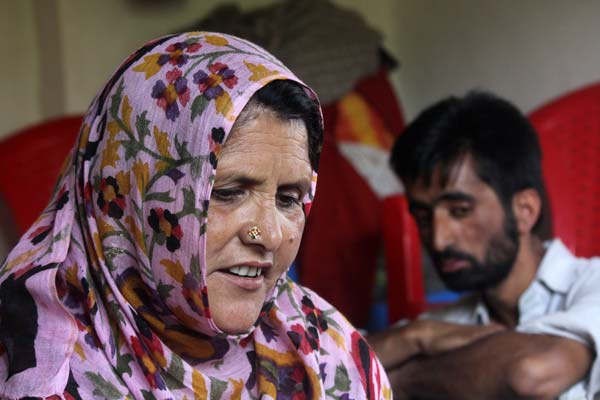
Only 12.6% of the people with mental illness sought help from health services and only 6.4% of those who had mental illness had consulted a psychiatrist. The reasons for this low treatment levels may be because of very high stigmatization of these illnesses in the society, very low awareness about illness as well as about treatment, and inaccessible treatment at the community level, as most mental health services available in Kashmir are located in urban areas.
The researchers have also appealed to the state government that certain measures should be taken at the earliest and the situation also demands the involvement of many NGOs to increase awareness, improve access to services, help people to access food and livelihood entitlements, undertake advocacy, provide counseling.






